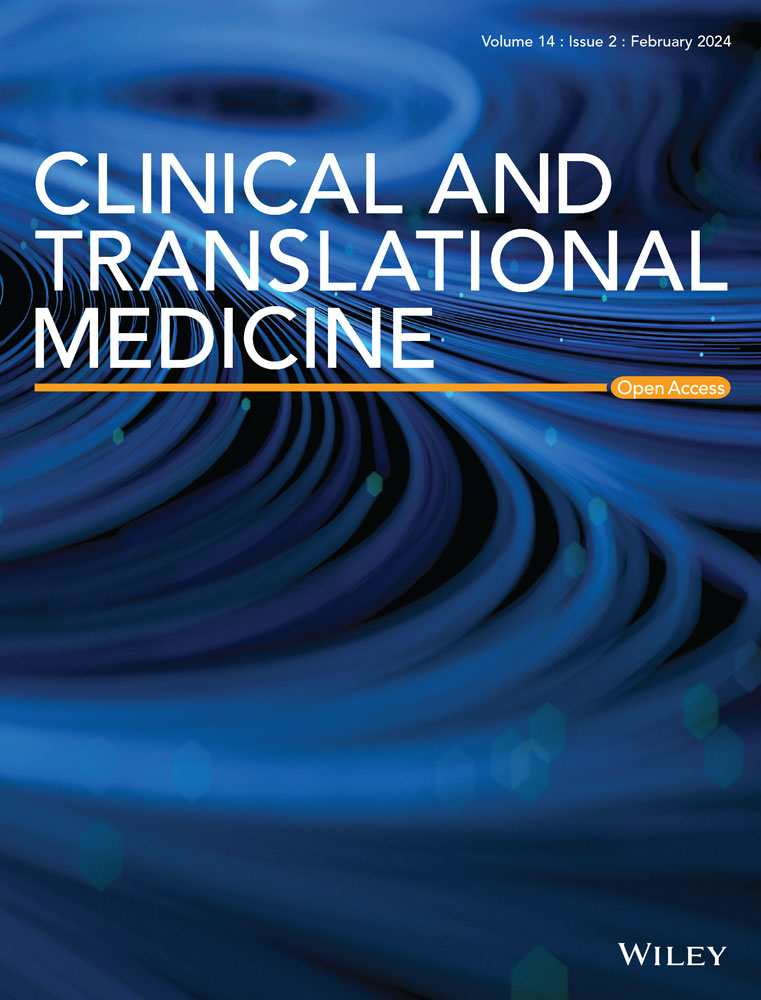Neutrophil extracellular traps in cancer: From mechanisms to treatments
Abstract
Neutrophil extracellular traps (NETs) are reticular ultrastructures released by activated neutrophils. As the reaction products of neutrophils, NETs have been identified as crucial effectors in pathogen defence and autoimmune diseases. Recently, increasing evidence suggest that this process also occurs in cancer. The formation and clearance of NETs are dynamically influenced by the tumour microenvironment, while NETs reciprocally play a dual role in either promoting or inhibiting tumour progression through their DNA scaffold, proteases and other granule-derived proteins. Given the interplay between NETs and tumours, active exploration is currently underway to harness their potential as tumour biomarkers and therapeutic targets. Here, we delve into the biochemical and immunological mechanisms underlying NETs formation within the tumour microenvironment, along with recent advances elucidating their multifaceted roles in tumourigenesis, metastasis and tumour-associated co-morbidities. Furthermore, we present emerging strategies for NETs-based tumour diagnostic approaches and therapeutics, with a special focus on the challenging questions that need to be answered within this field.
Key points
- The formation and clearance of NETs are dynamically influenced by the tumor microenvironment.
- NETs are engaged in tumorigenesis, formation, metastatic spread, and cancer-associated co-morbidities.
- NETs-based tumor biomarkers and therapeutic strategies warrant significant attention.

 求助内容:
求助内容: 应助结果提醒方式:
应助结果提醒方式:


